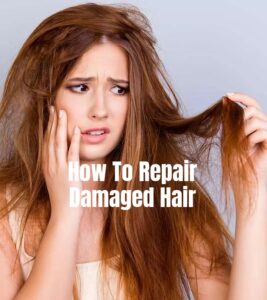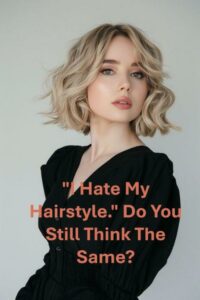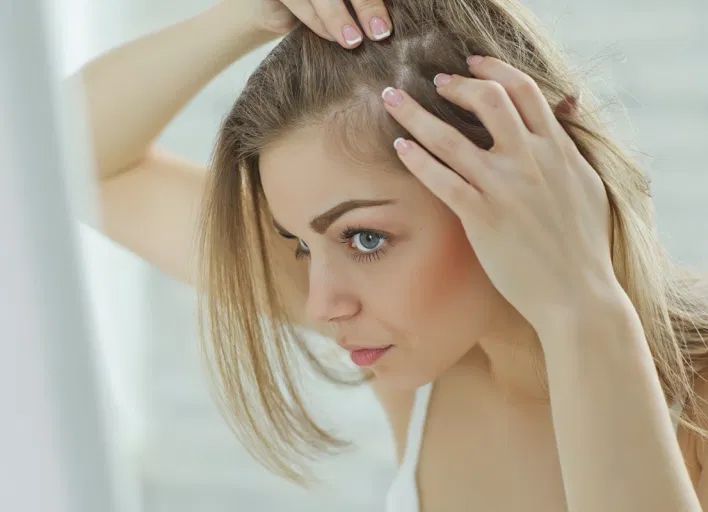
Having thin hair can sometimes feel like a challenge, but with the right care routine, you can keep your locks looking healthy, voluminous, and full of life. Whether your hair is naturally fine or has thinned over time due to stress, genetics, or other factors, the key to maintaining its beauty lies in thoughtful, consistent hair care.
In this blog post, we’ll explore 9 Secret Hair Care Tips For Thin Hair. From choosing lightweight products to creating the illusion of thicker locks, we’ll share practical strategies to help you make the most of your hair type. Ready to transform your thin hair into a style you love? Let’s get started!
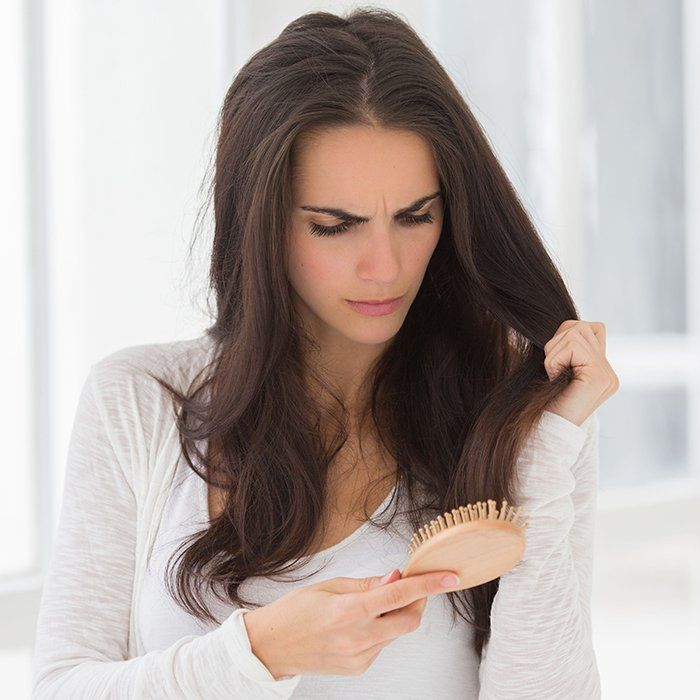
Choose The Right Shampoo
Thin hair requires special care and attention. Choosing the right shampoo is crucial for women with thin hair. The right products can add volume and keep your hair healthy. This guide will help you find the best shampoos for thin hair.
Sulfate-free Options
Sulfates can strip your hair of natural oils. This is bad for thin hair. Sulfate-free shampoos are gentler and keep your hair healthy. They do not dry out your scalp. Here are some benefits of sulfate-free shampoos:
- Reduces scalp irritation
- Prevents hair color fading
- Keeps natural moisture
Volume-boosting Formulas
Thin hair often lacks volume. Volume-boosting shampoos can help. These shampoos contain ingredients that add body to your hair. They make your hair look fuller and thicker. Thin hair often struggles with a lack of volume, but the right shampoo can make a big difference. Volume-boosting shampoos are specially formulated to create fullness and make your hair appear thicker.
- Look for shampoos containing ingredients like biotin, which supports hair strength and growth.
- Collagen can add elasticity and body to your strands, enhancing overall volume.
- Protein-enriched formulas help fortify hair, giving it a fuller, healthier appearance.
By selecting products that address the unique needs of thin hair, you can achieve a healthier, more voluminous look while keeping your hair strong and vibrant.
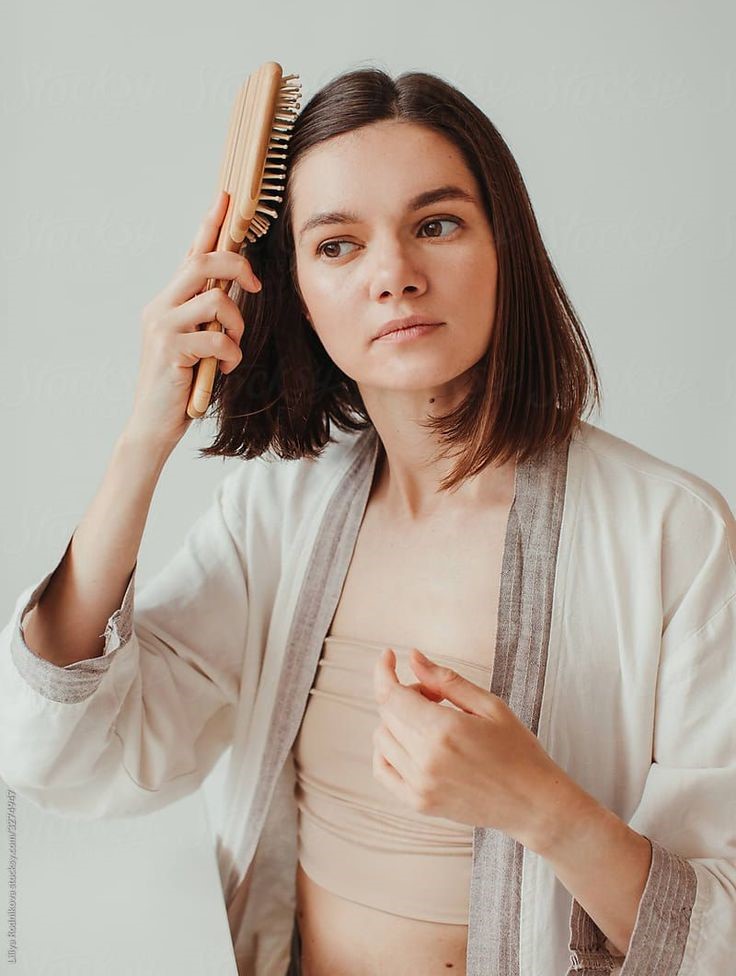
Conditioning Techniques for Thin Hair Women
Thin hair can be challenging to manage. It often lacks volume and can appear flat. Proper conditioning techniques are essential. They help in maintaining the hair’s health and adding some much-needed volume. Choosing the right conditioner and methods will make a big difference. This guide will discuss the best conditioning techniques for women with thin hair.
Also Read: Best DIY Hair Care Remedies For Silky Hair
Lightweight Conditioners
Lightweight conditioners are perfect for thin hair. They add moisture without weighing it down. Heavy conditioners can make thin hair look flat and greasy. Lightweight conditioners provide the right balance of hydration and volume.
- Look for labels that say “lightweight” or “volumizing.”
- Avoid products with heavy oils and butters.
- Choose conditioners with proteins to strengthen hair.
Apply the conditioner mainly to the ends. Avoid the roots to prevent greasiness. Rinse thoroughly to ensure no residue is left behind. This will keep the hair looking fresh and voluminous.
Deep Conditioning Methods
Deep conditioning is essential for thin hair. It provides intense hydration and repair. While lightweight conditioners are for daily use, deep conditioners should be used weekly. They penetrate deeper into the hair shaft. Here are some effective deep conditioning methods:
- Use a hair mask with lightweight oils like argan or jojoba.
- Apply heat using a warm towel or heat cap to open hair cuticles.
- Leave the conditioner on for at least 15-20 minutes for best results.
Deep conditioning once a week is sufficient. More frequent use can weigh down thin hair. Rinse thoroughly to remove all product. This helps in maintaining the hair’s natural bounce and shine.
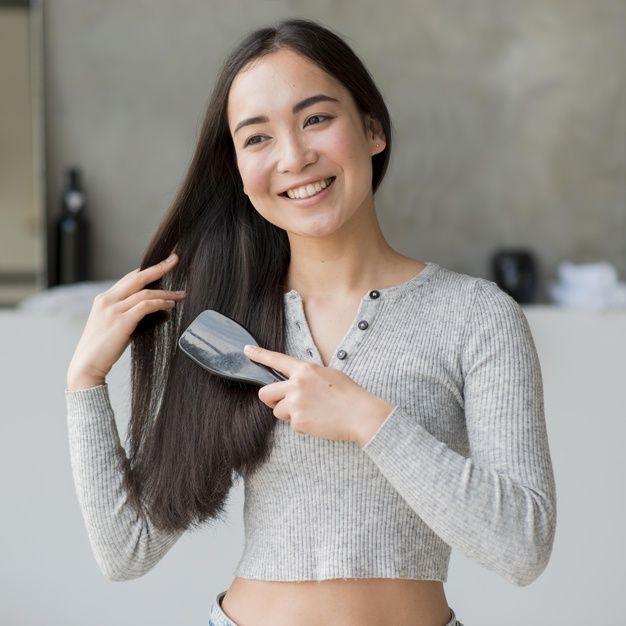
Styling Tips For Thin Hair
Thin hair can be challenging to manage. It often lacks the volume and strength of thicker hair. Women with thin hair need special care and styling tips. This guide provides practical advice on heat protection and volume-enhancing styles.
Heat Protection Strategies
Heat can damage thin hair easily. It’s important to use heat protection strategies. Here are some tips to follow:
- Use a heat protectant spray: Always apply a heat protectant before using any hot tools.
- Choose lower heat settings: Use the lowest heat setting on your tools to reduce damage.
- Limit heat styling: Try to style your hair with heat no more than twice a week.
Heat protectant sprays create a barrier between your hair and the heat. This helps to keep your hair healthy. Lower heat settings are gentler on your hair. High heat can cause breakage and dryness. Limiting heat styling reduces the risk of damage. Air-drying your hair is a great alternative. If you must use heat, try to limit its use.
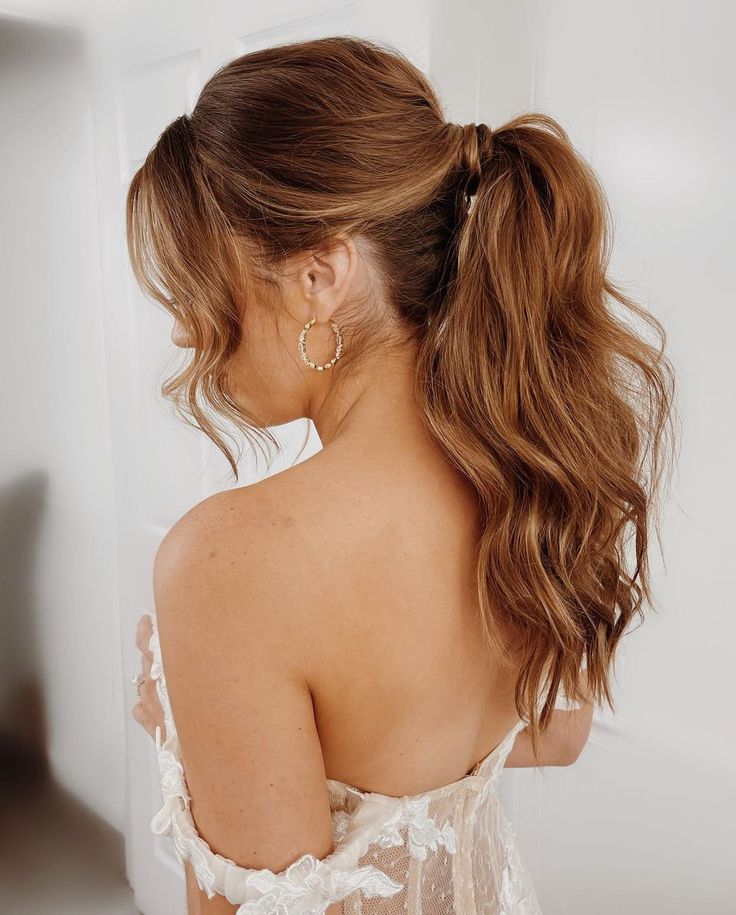
Volume-enhancing Styles
Thin hair can look flat. Volume-enhancing styles can make a big difference. Here are some styles to try:
- Layered cuts: Layers add movement and volume to thin hair.
- Blow-drying upside down: Blow-drying your hair upside down adds volume at the roots.
- Teasing: Tease your hair at the crown for added height and fullness.
- Use volumizing products: Mousse and root-lifting sprays can give your hair a boost.
Layered cuts are great for adding texture. They make your hair look fuller. Blow-drying upside down lifts the roots. This creates more volume. Teasing is a quick way to add height. Just be gentle to avoid breaking your hair. Volumizing products can give your hair an extra lift. Use them sparingly to avoid buildup.
Hair Tools To Use In Thin Hair
Taking care of thin hair can be a challenge. Women with thin hair often struggle with breakage and lack of volume. Using the right hair tools can make a big difference. This guide will help you choose the best brushes and hair dryers for thin hair.
Best Brushes For Thin Hair
Choosing the right brush is essential for thin hair. The wrong brush can cause damage and breakage. Here are some of the best options:
- Boar Bristle Brush: This brush is gentle on thin hair. It helps distribute natural oils from the scalp.
- Paddle Brush: Wide and flat, perfect for detangling without pulling on hair.
- Wide-Tooth Comb: Ideal for use on wet hair. It prevents breakage and helps detangle.
Each brush has its own benefits. A boar bristle brush adds shine and smoothness. A paddle brush is great for everyday use. A wide-tooth comb is a must-have for detangling wet hair.
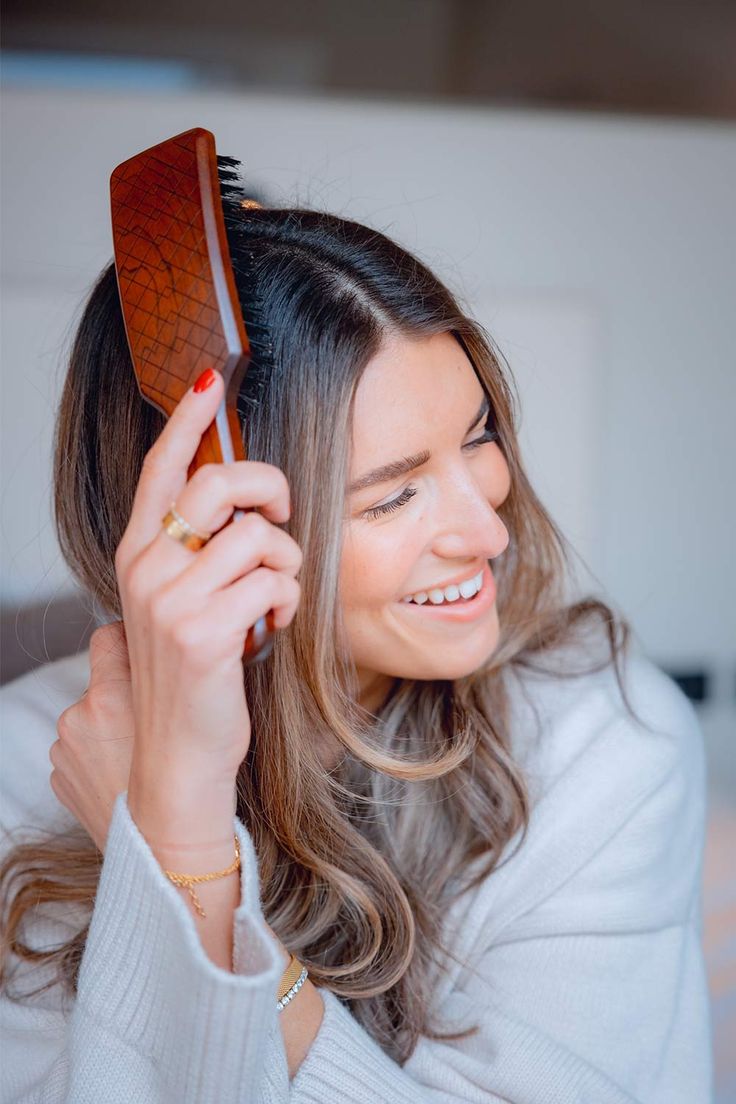
Optimal Hair Dryers
The right hair dryer can prevent damage and add volume. Here are some features to look for:
| Feature | Benefit |
|---|---|
| Ionic Technology | Reduces frizz and dries hair faster. |
| Cool Shot Button | Seals the hair cuticle for a smooth finish. |
| Lightweight Design | Prevents arm fatigue during styling. |
Ionic hair dryers are great for reducing frizz. They also dry hair faster, which minimizes heat exposure. A cool shot button helps seal the hair cuticle, adding shine and smoothness.
Choosing a lightweight hair dryer can make styling easier. It prevents arm fatigue, especially important for those with a lot of hair. Look for a dryer with multiple heat settings. This allows you to use the lowest heat necessary, reducing damage.
Eat Healthy For Healthier Hair
Taking care of thin hair can be a challenge. Diet and nutrition play a huge role in hair health. Eating the right foods can help strengthen thin hair. It’s important to know what vitamins and nutrients are essential. Also, protein-rich foods can make a big difference.
Essential Vitamins
Vitamins are important for hair health. Some vitamins are especially good for thin hair.
- Vitamin A helps the scalp produce sebum. Sebum is a natural oil that keeps hair moisturized.
- Vitamin C is an antioxidant. It helps prevent hair from breaking. It also helps the body absorb iron.
- Vitamin D can help create new hair follicles. New follicles can help hair grow thicker.
- Vitamin E improves blood circulation to the scalp. Good circulation helps hair grow.
Protein-rich Foods
Protein is the building block of hair. Thin hair can benefit a lot from protein-rich foods.
- Eggs are a great source of protein. They also contain biotin, which helps hair grow.
- Fish like salmon and mackerel are rich in protein. They also have omega-3 fatty acids that help keep hair shiny.
- Chicken is another excellent source of protein. It is easy to add to many meals.
- Beans and Legumes are perfect for vegetarians. They provide both protein and iron, which is good for hair.
Scalp Care for Thin Hair
Thinning hair can be a challenge for many women. Proper scalp care can help. Healthy hair starts with a healthy scalp. This blog will guide you through important scalp care tips. Focus on exfoliation and moisturizing to improve hair health.
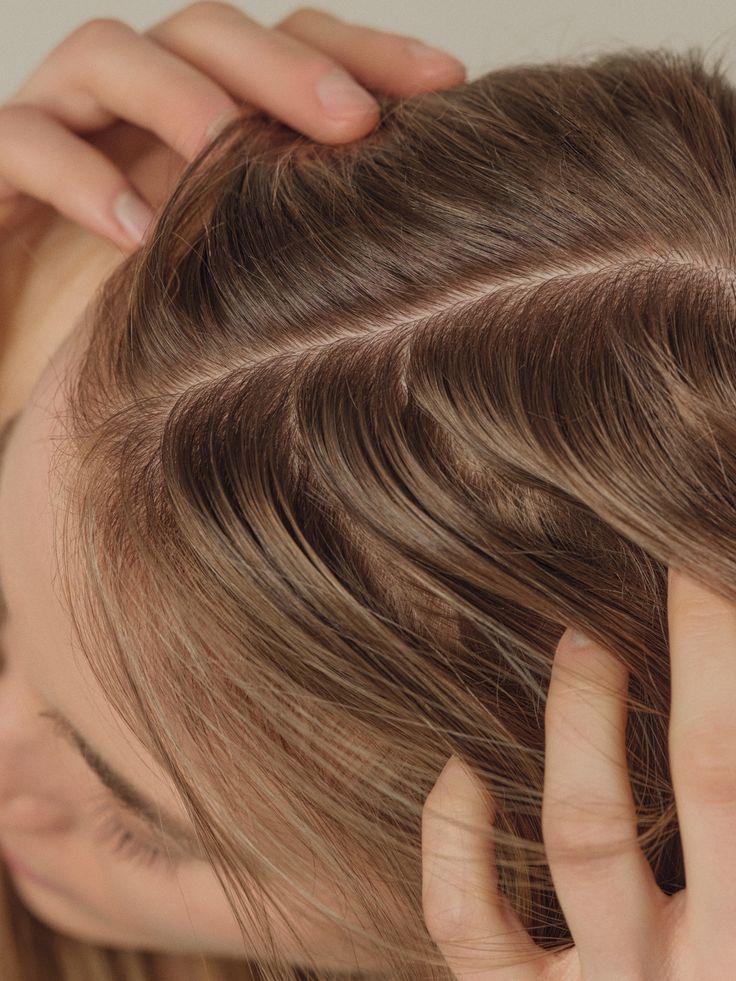
Exfoliation Techniques
Exfoliating your scalp removes dead skin cells. This helps hair grow better. Proper exfoliation can prevent clogged hair follicles. There are different methods to exfoliate your scalp. One popular method is using a scalp scrub. These scrubs contain tiny particles that remove dead skin. To use, gently massage the scrub onto your wet scalp. Rinse thoroughly afterward.
Another method is using a scalp brush. This tool has soft bristles that exfoliate the scalp. Use the brush during your shower. Apply gentle pressure and move in small circles. Here are some tips for effective exfoliation:
- Do not over-exfoliate. Twice a week is enough.
- Choose the right product. Look for scrubs with natural ingredients.
- Be gentle. Avoid harsh scrubbing to prevent irritation.
Moisturizing The Scalp
Moisturizing the scalp is crucial for healthy hair. A dry scalp can cause itching and flaking. Proper moisture helps keep the scalp balanced. There are various ways to moisturize your scalp.
Using scalp oils is one effective method. Natural oils like coconut or jojoba oil work well. Apply a few drops to your scalp. Massage gently for a few minutes. Leave the oil for at least an hour before washing.
Leave-in conditioners can also help. These products provide long-lasting moisture. Spray or apply the conditioner directly to your scalp. Comb through your hair to distribute evenly. Here are some tips for effective scalp moisturizing:
- Do not apply too much product. A little goes a long way.
- Use products with natural ingredients. Avoid chemicals that can dry your scalp.
- Regular application. Moisturize your scalp at least twice a week.
Common Mistakes That Damage Our Hair
Many women make mistakes that harm their thin hair. Over-washing is one such mistake. Washing hair too often strips away natural oils. These oils protect and nourish the hair.
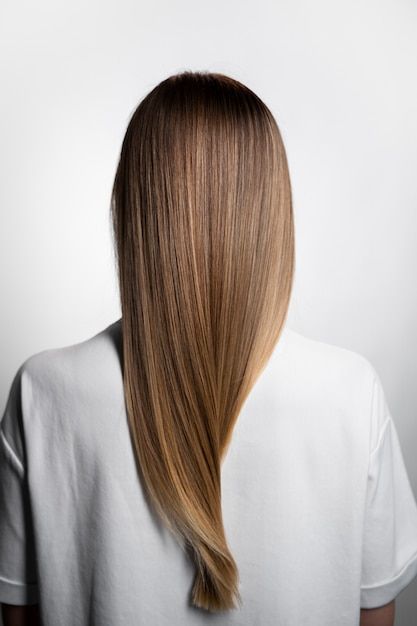
Using harsh chemicals is another error. Products with sulfates and parabens can weaken hair strands. It’s best to choose gentle, sulfate-free shampoos and conditioners.
- Heat styling tools can cause significant damage. Limit the use of blow dryers, curling irons, and straighteners.
- Tight hairstyles like ponytails and braids can pull on hair, causing breakage.
- Brushing wet hair is risky. Wet hair is more fragile and prone to breakage.
Skipping regular trims leads to split ends. Regular trims help maintain the health of thin hair. Ignoring scalp health is also a common mistake. A healthy scalp supports healthy hair growth.
Also Read: 7 Essential Oils for Relieving Bad Headaches
Protective Hairstyles for Thin Hair
Protective hairstyles can help prevent damage to thin hair. Loose buns are a great option. They keep hair tidy without pulling on the roots.
Low ponytails are another protective style. They reduce tension on the hair and scalp. Braids can also be protective if done loosely. Tight braids can cause damage, but loose braids are gentle on the hair.
Headbands and scarves can protect hair from environmental damage. They shield hair from sun, wind, and pollution. Silk or satin pillowcases are recommended. They reduce friction and prevent hair breakage during sleep.
Twists and rolls are other protective styles. They keep hair secure without causing stress on the strands. Hair clips can also be used for securing hair gently. Avoid clips with sharp edges that can snag hair.
When To Seek Help
Dealing with thin hair can be challenging for many women. Understanding when to seek help is crucial. This guide will highlight key signs of hair loss and the importance of consulting a specialist.
Signs Of Hair Loss
Recognizing the signs of hair loss early is important. Look for these common indicators:
- Excessive shedding: Finding more hair on your brush or pillow than usual.
- Thinning at the crown: Noticing a wider part or more scalp visibility.
- Receding hairline: Hairline moving back, especially around the forehead.
- Patches of baldness: Visible bald spots on the scalp.
Hair loss can also be seen in other ways. Here are some other symptoms:
- Dry and brittle hair: Hair that breaks easily or feels rough.
- Slower hair growth: Hair taking longer to grow back than before.
- Itchy or flaky scalp: Experiencing scalp irritation or dandruff.
Consulting A Specialist
Seeking professional help is vital for managing hair loss. Here’s why consulting a specialist is beneficial:
- Accurate diagnosis: Specialists can identify the exact cause of hair loss.
- Personalized treatment: Receiving treatments tailored to your specific condition.
- Expert advice: Specialists offer guidance on effective hair care routines.
Consulting a specialist can also provide peace of mind. Here are some other benefits:
- Early intervention: Addressing hair loss early can prevent further damage.
- Access to advanced treatments: Specialists can recommend the latest therapies and products.
- Monitoring progress: Regular check-ups to track improvement and adjust treatments as needed.
Finding the right specialist is key. Look for a certified dermatologist or trichologist with experience in hair loss treatments.
Frequently Asked Questions
How Can I Add Volume To Thin Hair?
Use volumizing shampoos and conditioners. Blow-dry your hair upside down. Consider using lightweight styling products to avoid weighing down your hair.
What Hairstyles Are Best For Thin Hair?
Layered cuts add volume. Bobs and pixies can make thin hair look fuller. Avoid heavy, long hairstyles.
How Often Should I Wash Thin Hair?
Wash thin hair every 2-3 days. Over-washing can strip natural oils, making hair look even thinner.
Are There Any Natural Remedies For Thin Hair?
Aloe vera and coconut oil can strengthen hair. Scalp massages with essential oils may promote hair growth.
Conclusion
Achieving healthy, voluminous hair is possible with the right care and products. Embrace gentle techniques and nourishing treatments. Remember, consistency is key for noticeable results. Explore different styles to add volume and flair. With these tips, thin hair can look and feel fabulous every day.


